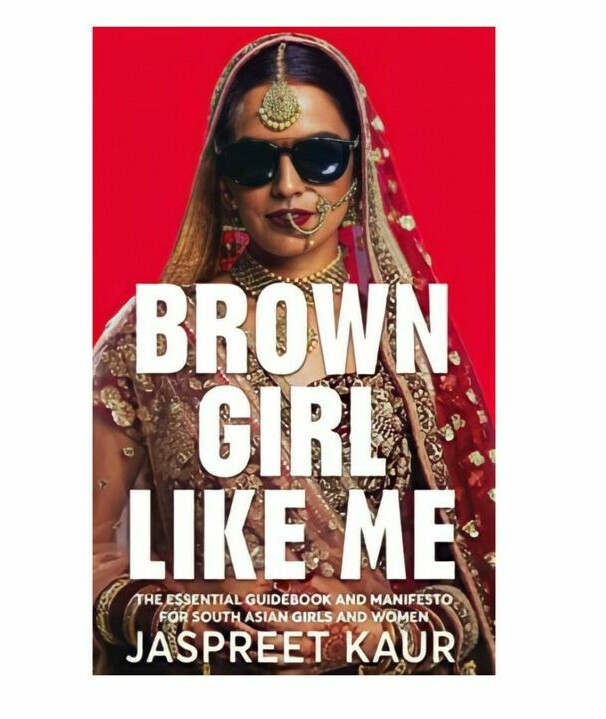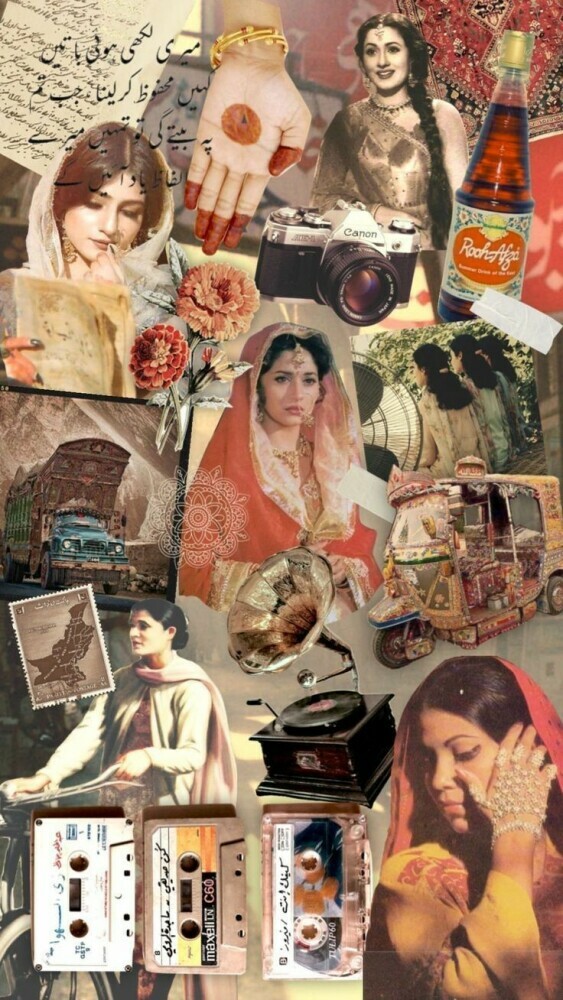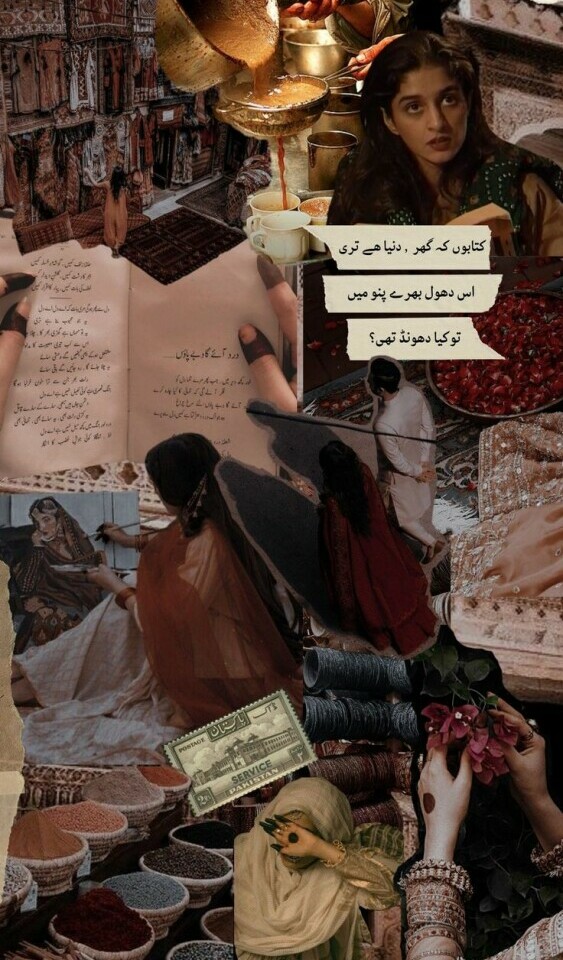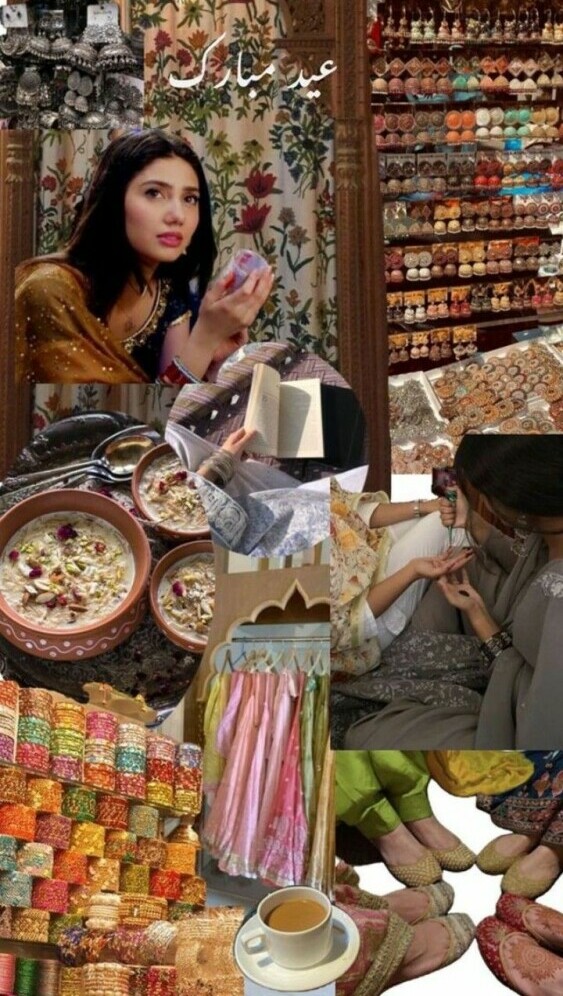History Of South Asian Girl’s Education
 Let’s take a journey through time to explore the history of South Asian girls’ education—a story of resilience, determination, and transformation.
Let’s take a journey through time to explore the history of South Asian girls’ education—a story of resilience, determination, and transformation.

Imagine a time long ago when the idea of education for girls in South Asia was a distant dream. In ancient times, societies were structured around rigid roles, and education was often reserved for boys. Girls were expected to learn domestic skills, and their intellectual potential remained untapped.
But then came a flicker of change. In the late 19th and early 20th centuries, a wave of reformers and visionaries began to challenge these norms. Enter pioneers like Savitribai Phule and Fatima Jinnah. Savitribai, with her unwavering spirit, opened the first school for girls in Pune, India, in 1848. Imagine the courage it took to defy societal expectations and create a space where girls could learn, dream, and grow.
Meanwhile, across the border in what is now Pakistan, Fatima Jinnah stood as a beacon of inspiration. An advocate for women’s rights and education, she played a vital role in the movement for Pakistan’s independence, emphasizing the importance of education for girls as a cornerstone of progress.

As the flames of independence movements spread across South Asia, the desire for girls’ education ignited further. The newly formed countries recognized that educating girls was not just a moral imperative but a necessity for nation-building. In India, the Kothari Commission of 1964-66 laid the foundation for the expansion of education, including for girls. Policies were introduced to increase enrollment and reduce dropout rates, aiming to bridge the gender gap.
Pakistan, too, saw strides with the establishment of institutions dedicated to girls’ education. The All Pakistan Women’s Association (APWA), founded by Begum Ra’ana Liaquat Ali Khan, played a pivotal role in advocating for women’s education and empowerment. Imagine the hope in the eyes of young girls walking through the gates of these institutions, knowing that education was their ticket to a brighter future.
Fast forward to the 21st century, and the landscape of South Asian girls’ education has transformed dramatically. Governments, NGOs, and activists have worked tirelessly to ensure that every girl has the right to education. Scholarships, mid-day meal programs, and awareness campaigns have made significant strides in reducing barriers to education.

Yet, the journey is far from over. Challenges like poverty, cultural norms, and safety concerns still pose hurdles. But the spirit of South Asian girls remains unbreakable. Malala Yousafzai’s story is a testament to this resilience. Despite facing unimaginable adversity, Malala’s voice echoed across the globe, advocating for girls’ right to education.
Today, classrooms across South Asia are filled with bright, curious, and ambitious girls. They dream of becoming doctors, engineers, artists, and leaders. They carry the legacy of those who fought for their right to learn and are forging a future where education is a universal right, not a privilege.
So, as we reflect on the history of South Asian girls’ education, let’s celebrate the progress made and recognize the journey ahead. The story continues, and with each chapter, the promise of a brighter, more equitable future for all girls in South Asia grows stronger.
